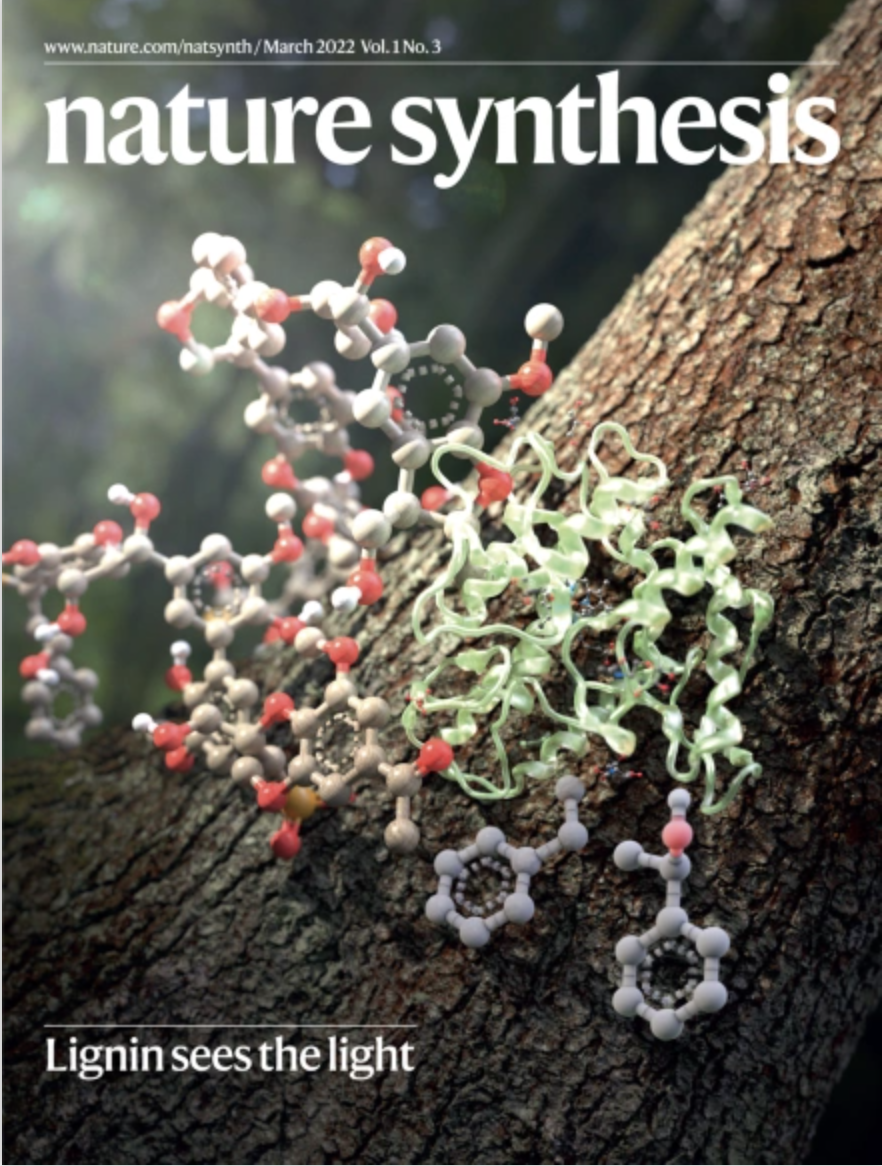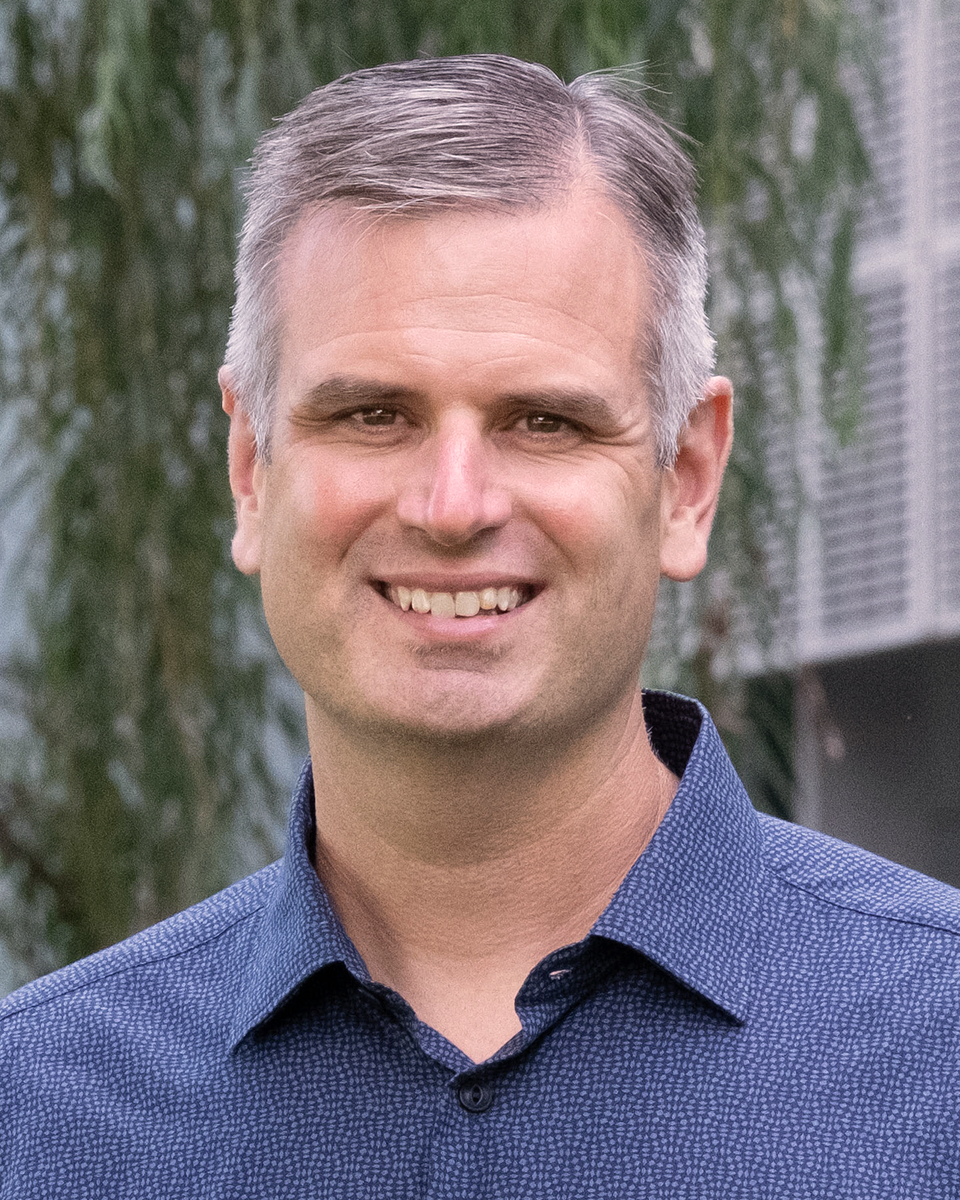Chirik Lab Synthesizes Ammonia from N₂-Derived Nitride
The Chirik Lab reports room-temperature, photocatalytic ammonia synthesis from a N2-derived terminal molybdenum nitride, using photodriven, proton-coupled electron transfer that allows for H2 as the terminal reductant. This has not been accomplished before.
PUBLICATION: 
Nature Synthesis, “Ammonia synthesis by photocatalytic hydrogenation of a N2-derived molybdenum nitride,” March 24, 2022.
AUTHORS:
Sangmin Kim, Yoonsu Park, Junho Kim, Tyler Pabst, and Paul Chirik.
HOW THEY DID IT:
Building on a 2021 Nature Chemistry proof-of-concept paper in which the Chirik Lab reported that the irradiation of iridium hydride complexes with visible light enabled formation of weak X-H bonds, lead author Sangmin Kim took the strategy to the next level, synthesizing ammonia from the catalytic hydrogenation of the N2-derived nitride for the first time by using a molybdenum nitride compound.
In this investigation, Kim, who earned his Ph.D. in ‘21, uses iridium hydride catalysts photoactivated by blue light. The iridium harnesses the light and then uses the energy to break the hydrogen apart, transferring the H to make the bond to the molybdenum-nitride, which ultimately synthesizes ammonia: N2-H2 to NH3, all at room temperature.
Molybdenum was known to split nitrogen, but chemists did not know how to generate ammonia using molecular hydrogen from it. The challenge was forming exceptionally weak N–H bonds. To overcome this, chemists have used excess acid to generate ammonia but those chemicals wreak havoc and waste energy. Hydrogen, by contrast, is the ideal source of hydrogen atoms as no waste is generated and the reaction is ideally at thermodynamic potential. Kim identified the combination of the iridium catalyst and blue light as the means to synthesize such weak N–H bonds.
AN IMPORTANT DISTINCTION:
The reaction is described as catalytic hydrogenation; it is not catalytic for the conversion of N2. Researchers used the original catalyst to make ammonia from molybdenum nitride and from that point of view for the H2, this is catalytic. But the nitrogen atom is actually not in the catalytic cycle, so the process does not make ammonia continuously. Kim did, however, complete a synthetic cycle whereby ammonia is derived from N2 and H2. Following ammonia generation, Kim discovered how to convert the molybdenum hydride products back to the reduced metal compound responsible for N2 cleavage.
At present, just one molybdenum-nitride complex gets turned into ammonia through this process. The reaction stops there. The next step is figuring out how to manage the molybdenum products and get them back into a nitrogen fixation cycle for true, catalytic synthesis. The observations of all of the molybdenum products of the reaction made by Kim are essential for taking these next steps.
QUOTE FROM LEAD AUTHOR SANGMIN KIM:
 “When I first joined the Chirik Lab as a graduate student in 2016, I had a very specific goal because I knew that this ammonia formation from N2 and H2 is a very, very challenging reaction in this field. So, my goal was to solve this problem. It’s like a dream for me.
“When I first joined the Chirik Lab as a graduate student in 2016, I had a very specific goal because I knew that this ammonia formation from N2 and H2 is a very, very challenging reaction in this field. So, my goal was to solve this problem. It’s like a dream for me.
“It’s not ideal, because we couldn’t achieve the ultimate target reaction to catalytically convert both N2 and H2. Eventually, though, we could regenerate the starting moly-nitride from dinitrogen and complete the synthetic cycle, instead. This research shows that if this system is further developed, we might be able to achieve the whole catalytic cycle. I think it’s a very big advance to the field.”
QUOTE FROM P.I. PAUL CHIRIK:
 “This was some of the hardest synthetic chemistry my lab has ever done in reaction optimization, and it was hard because chemistry still happens the way it wants to happen. You’re trying to make a really, really weak bond and trying to get something very unreactive, so there are all these side reactions that can occur.
“This was some of the hardest synthetic chemistry my lab has ever done in reaction optimization, and it was hard because chemistry still happens the way it wants to happen. You’re trying to make a really, really weak bond and trying to get something very unreactive, so there are all these side reactions that can occur.
“Sangmin identified a bunch of them and learned how to turn them off. He figured out how to make the right catalyst and then coax it to get the reaction to work. These ideas were out there before but Sangmin was the experimentalist who pulled it off.”
Chirik is the Edwards S. Sanford Professor of Chemistry.
FUNDING:
This research was supported by the U.S. Department of Energy, Office of Basic Energy Sciences, Catalysis Science program (award DE-SC0006498).
